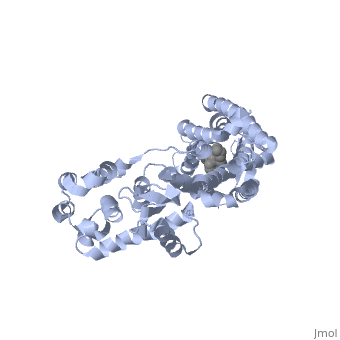An opioid receptor is a membrane protein that acts as a receptor for endogenous neuropeptides called opioids. This receptor is an inhibitory G-protein coupled receptor that activates the parasympathetic nervous system in decreasing pain perception, slowing respiratory rate, improving mood, slowing digestion, and having an all-around analgesic effect on the body. Additionally, many agonists for this receptor are used as therapeutic drugs as powerful painkillers such as morphine, Percocet, and Vicodin. Some of these are naturally derived specifically from the poppy plant, and some are synthetically manufactured. There are three distinct opioid receptors, and the delta opioid receptor is one primarily responsible for the analgesic effects of opioids (Al-Hasani and Bruchas, 2011).
You may include any references to papers as in: the use of JSmol in Proteopedia [1] or to the article describing Jmol [2] to the rescue.
Ligands
The delta opioid receptor is shown with bound .
Mechanism of Action

